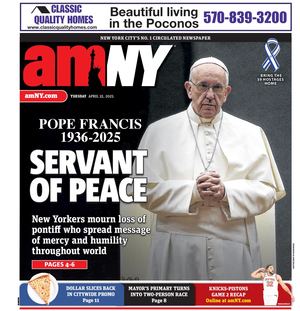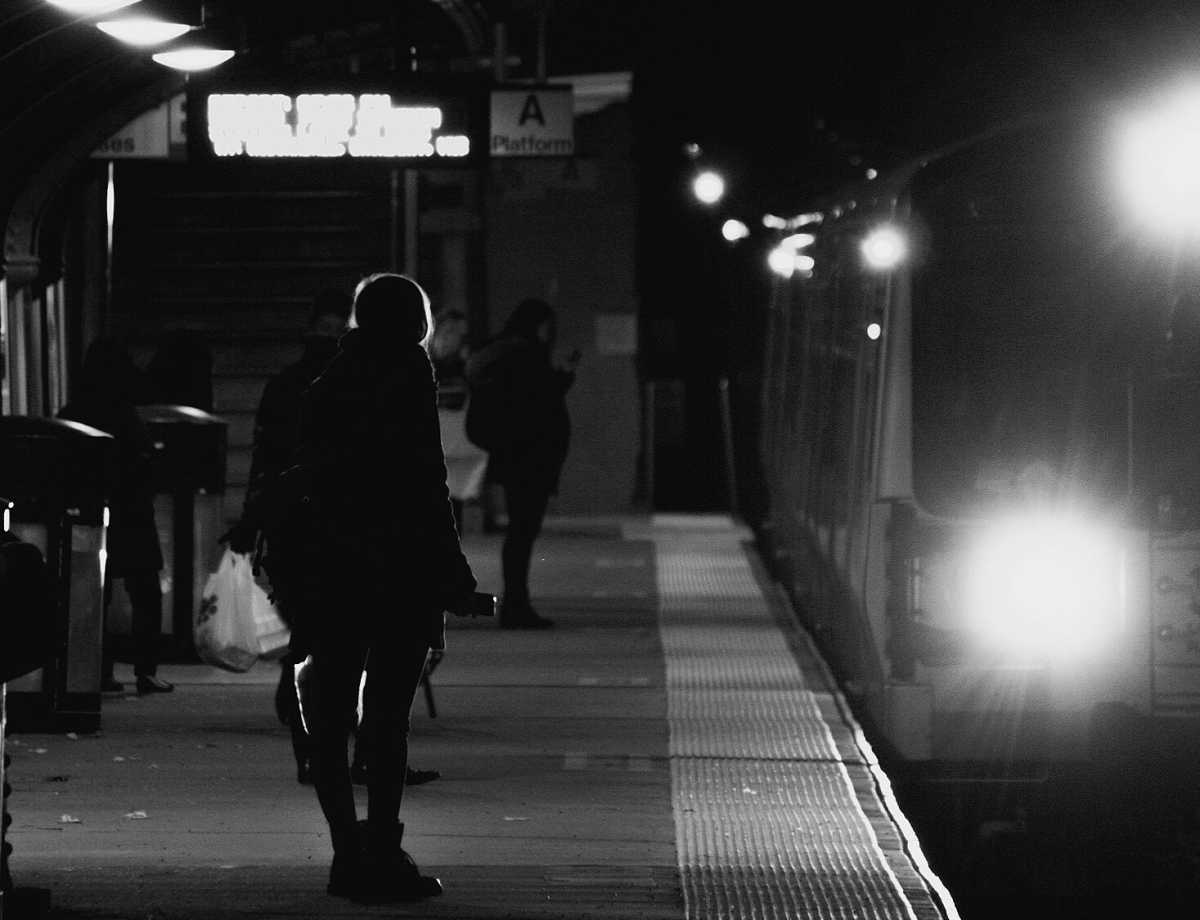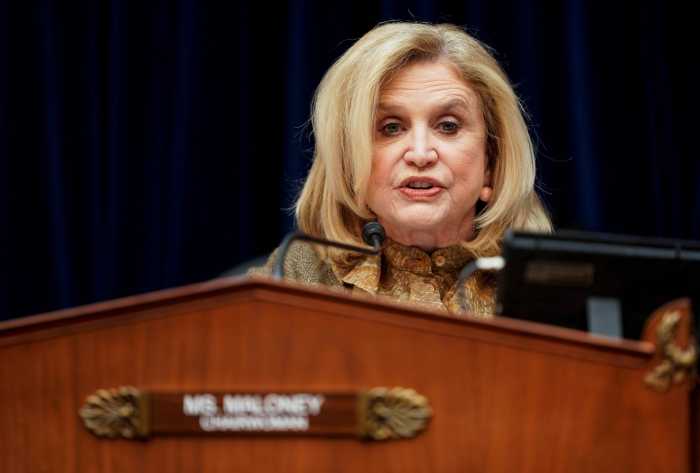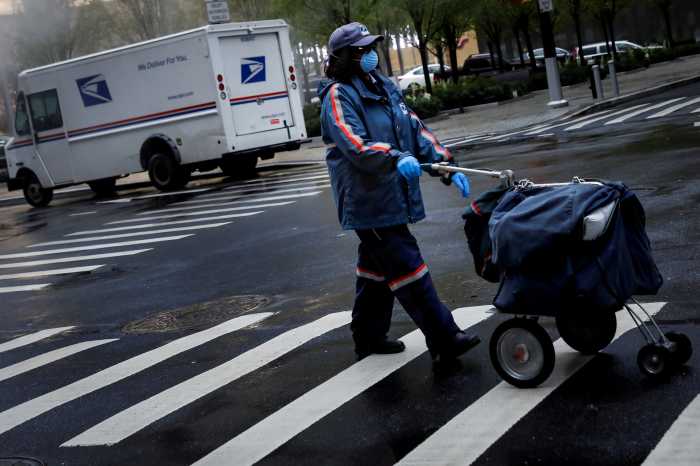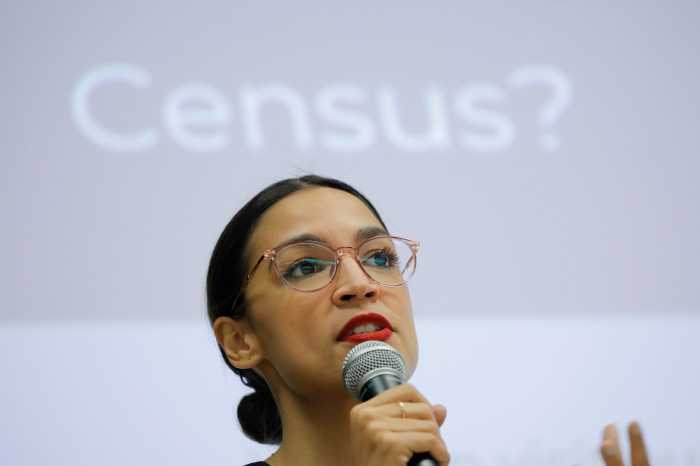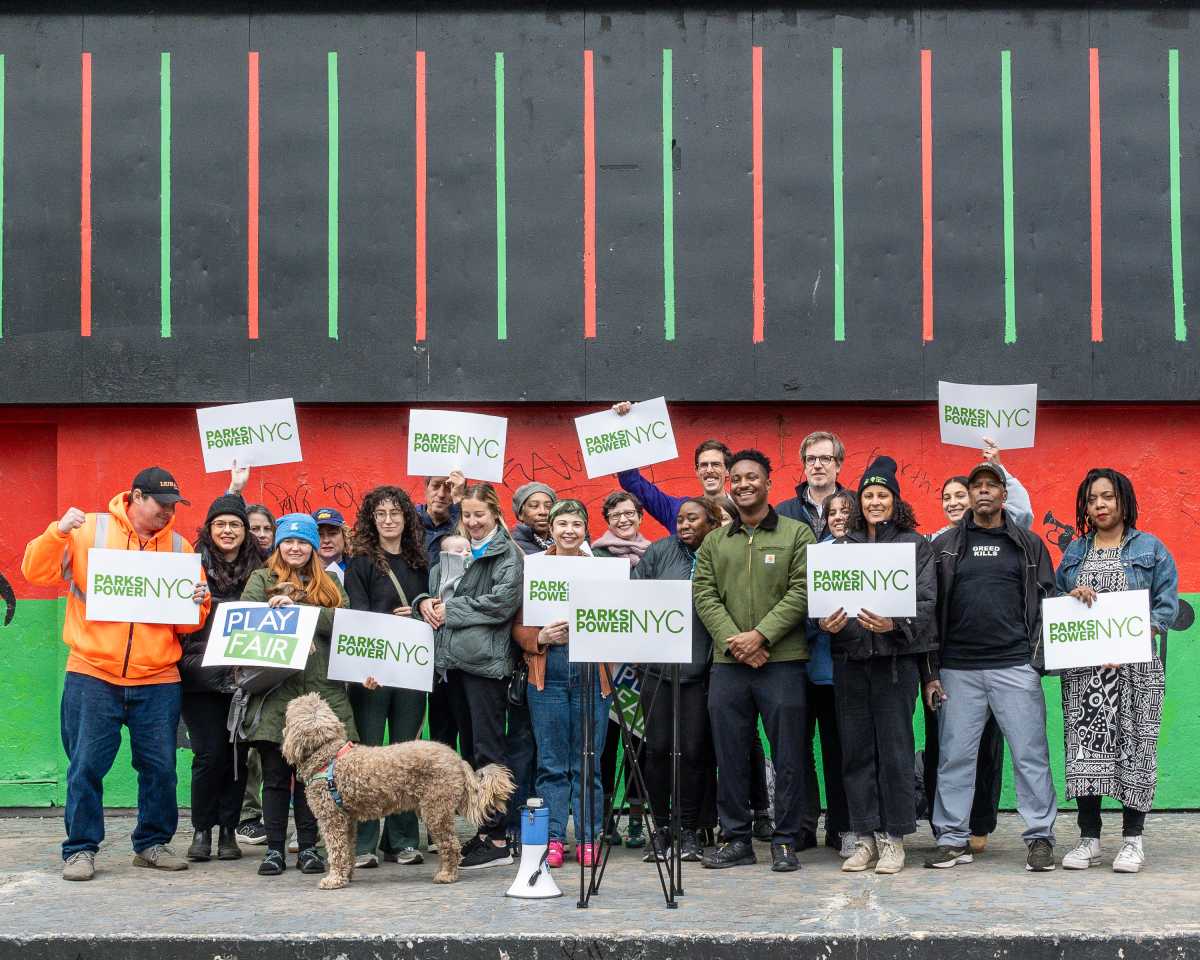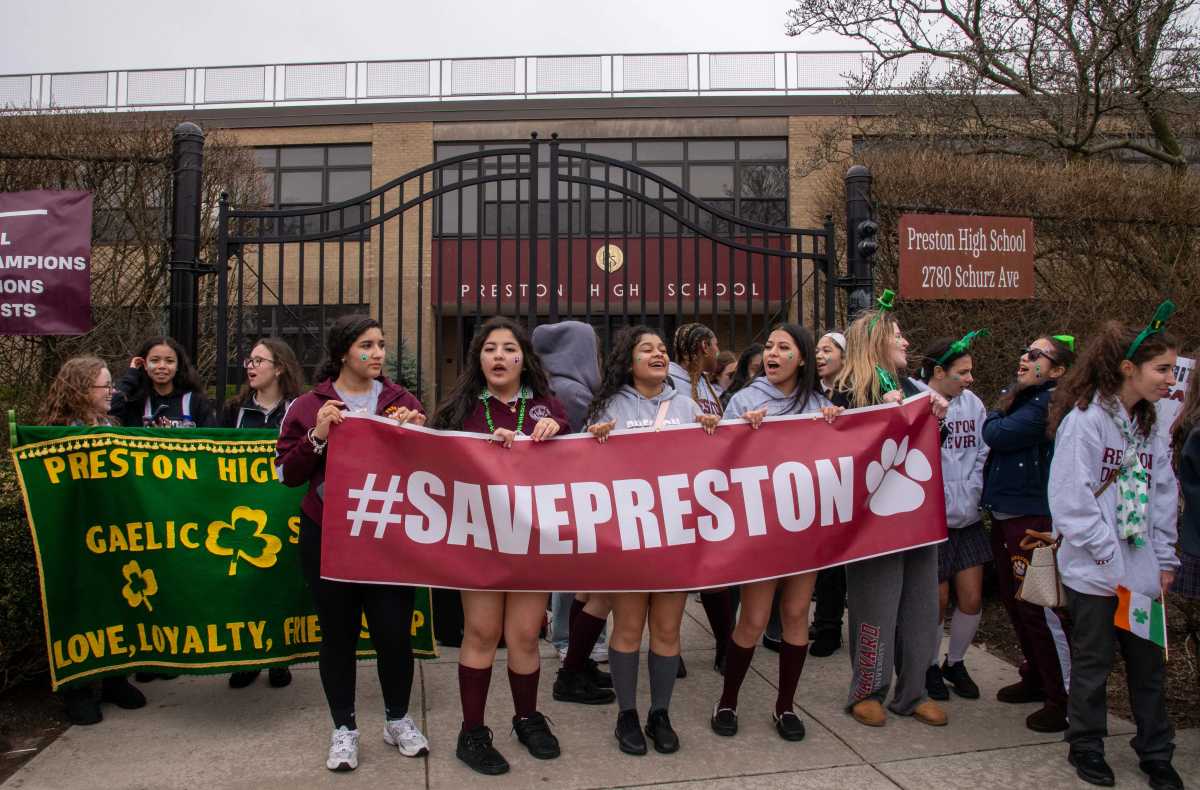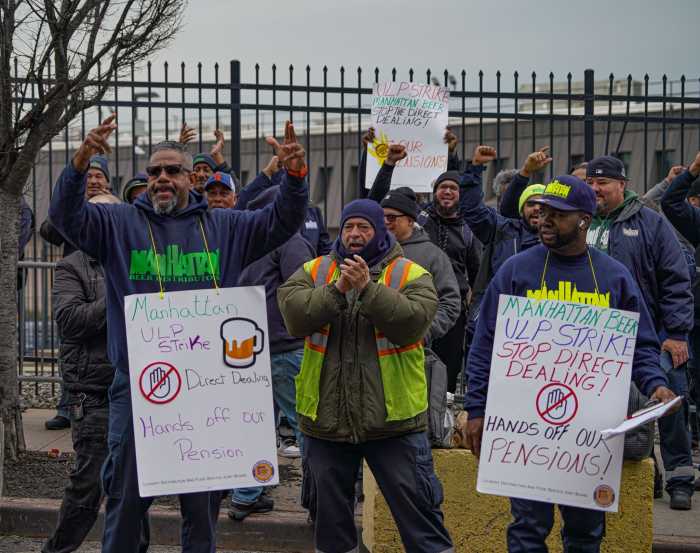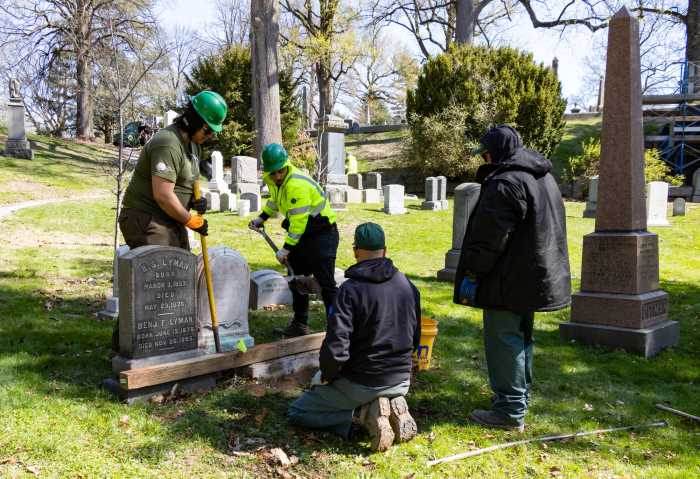Thousands of jobs are on the line at the MTA as the agency debated a “doomsday” budget on Wednesday that would slash over 9,000 employees, mostly frontline workers in New York City Transit, and make deep cuts to service — without, of course, a massive infusion of federal cash.
MTA Chairman Pat Foye said on Nov. 18 prospects of getting a federal bailout are grim even with the transition to the incoming Biden administration, forcing the authority to plan for the worst while remaining ready in case an infusion of funding from the federal government comes through in the new year.
“This is undoubtedly one of the most difficult budgets the MTA has ever had to develop in one of the most unusual and uncertain times,” Foye said. “We are taking the approach of planning for the worst but leaving room to adjust for the best, should that happen.”
Up to 40% service cuts on subways and buses, 50% on commuter rail, 9,367 in labor cuts, a $1 fare increase and $2.9 billion in borrowing from the Federal Reserve will be decided upon in December. Even with these “worst-case scenario” cuts, the MTA would still be dealing with a $7 billion deficit in 2024, according to MTA Chief Financial Officer Robert Foran.
“We’re seeing continued deterioration in our revenues due to the pandemic,” Foran said. “The MTA has again engaged McKinsey to review the economic realities in which we face… In the best-case scenario, the virus is contained through a combination of an effective vaccine and resistance to the virus due to previous exposure, eventually reaching a new normal ridership level of 90% of pre-pandemic levels in 2024. The worst-case scenario assumes a resurgence of the virus in the New York City area resulting in restrictions similar to those experienced earlier this year. From that resurgence, recovery be slower and take longer.”
Foran foresees a 27% rebound in ridership by 2021, when these cuts could go into effect. Projected ridership in the coming years is at 54% in 2022, 70% in 2023 and just 79% in 2024, which would still bring their finances in at a loss.
According to the MTA, up to 9,367 could be cut loose with the majority being from New York City Transit subways and buses. This would save the MTA $1.2 billion.
A 35% fleet reduction in the subway division will also equal savings in upkeep, according to Foran.
Despite these measures, the MTA will $3.1 billion short by the end of 2021.
“Every single weekday before the pandemic, nearly 8 million riders depended on transit to get to and from work. Now, with a vaccine on the horizon, how are those workers going to get to offices and worksites all across the city when we reopen?” said Nick Sifuentes, Executive Director of Tri-State Transportation Campaign. “New York City can’t support millions of new cars flooding our streets. For over a hundred years, our city has relied on mass transit. New York doesn’t work without our subways, our buses, our commuter rail. But with cuts this draconian, riders will have no choice but to drive–or leave. This is a death knell for the entire region, and our entire national economy will tremble in its wake.”
Transport Workers Union President John Samuelsen was critical of the MTA’s proposed layoffs, referring to them as a “slavish devotion to breaking even,” by telling the board it should borrow enough to carry them through the end of 2021, when the agency believes the pandemic could abate due to the availability a vaccine.
This way, he reasoned, layoffs and the potential alienation of thousands of employees that would come with it will not hinder a potential comeback.
Foran’s response was a denial that the agency could borrow its way out of the hole it is in without a high level of debt service that would be damaging to their long-term financial standing as well.
Foye pointed out that debt markets may not be will to offer loans with the MTA’s credit standing being degraded over the course of the pandemic.
Hope that President-elect Joe Biden will have solutions for transit agencies in the beginning of 2021 was counterbalanced by skepticism stemming from Senator Mitch McConnell making it through the November elections and being re-elected to Senate Majority Leader.
“These drastic cuts could still be avoided if Mitch McConnell and President Trump would work with Democrats to pass a COVID relief package that includes funding for public transit,” Senator Kirsten Gillibrand said. “House Democrats passed a relief bill in May and since this summer, I have been pushing for robust funding to support the transit workers, essential workers, and millions of New Yorkers who rely on public transit for a safe, reliable way to get where they need to go. It’s time for Mitch McConnell to stop playing politics, and show up to the table ready to help rebuild our economy.”
As required by law, the MTA will vote to approve a “balanced” budget during the December board meeting.
